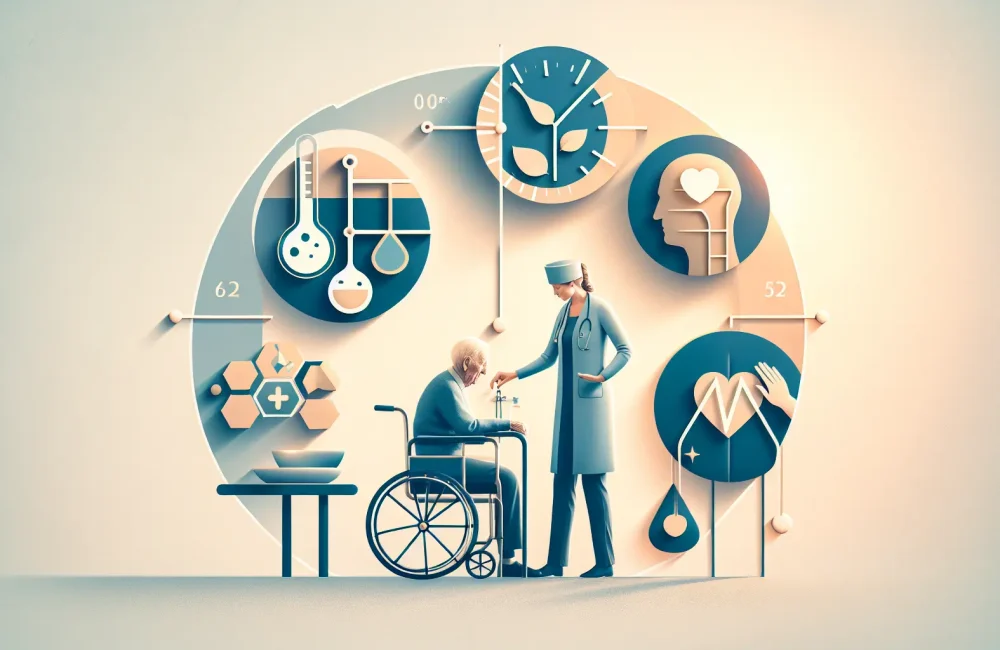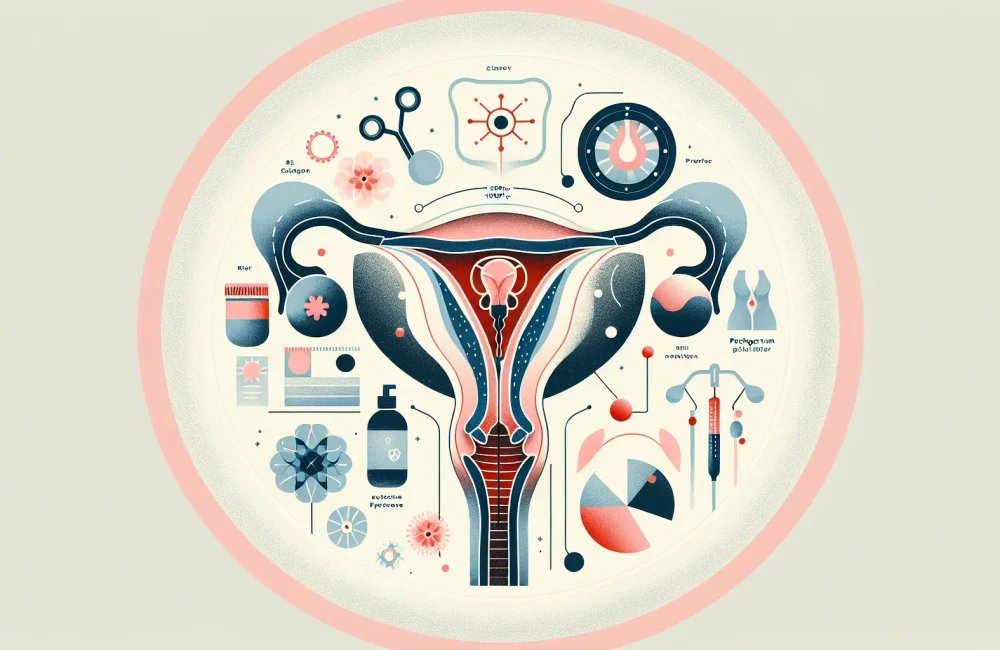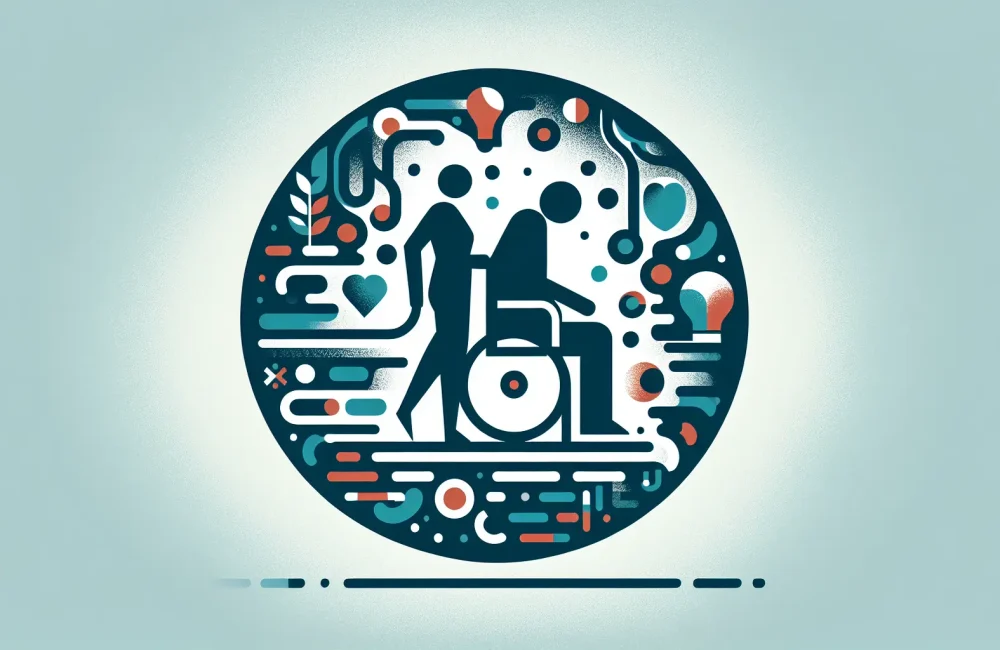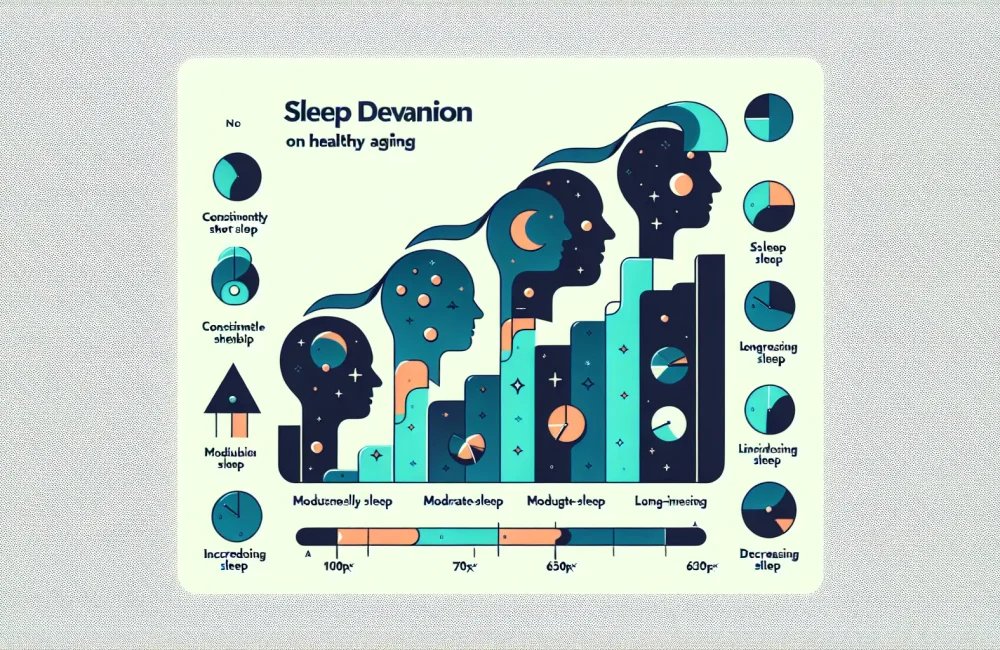By CAFMI AI From Frontiers in Medicine (Open Access)
FI-Lab as a Mortality Predictor in Older Hip and Pelvic Fracture Patients
Frailty significantly influences outcomes in elderly patients who suffer hip or pelvic fractures. Recent research investigated the utility of the Frailty Index derived from laboratory data (FI-Lab) as an objective, admission-based measure of frailty to predict critical outcomes. This retrospective cohort study involved 378 patients aged 65 and older, with an average age of 78.4 years, hospitalized for hip or pelvic fractures. The study focussed on two main outcomes: all-cause mortality within one year after fracture and successful rehabilitation, defined as returning to pre-fracture living status and maintaining independence in activities of daily living. FI-Lab scores were calculated using routine laboratory tests obtained at admission, enabling early risk stratification in clinical settings. The analysis revealed a strong association between higher FI-Lab scores and increased risk of mortality, with an adjusted hazard ratio of 1.45 per 0.1 increase in the FI-Lab score, indicating substantial prognostic relevance (p < 0.001). This result underscores the importance of assessing frailty objectively using laboratory markers upon hospital admission, as it offers clinicians a quantifiable measure that is linked to survival outcomes. However, the FI-Lab did not show a significant relationship with rehabilitation success, as the adjusted odds ratio was 0.92 per 0.1 increase and statistically non-significant (p = 0.48). Other clinical variables, including age, pre-existing comorbidities, and fracture type, also contributed to patient outcomes, indicating the multifaceted nature of recovery in this patient population.
Clinical Implications and Integration of FI-Lab in Patient Management
The findings from this study support the use of FI-Lab as a valuable tool for clinicians managing older adults presenting with hip or pelvic fractures. Given the association with all-cause mortality, FI-Lab can be effectively incorporated into initial patient assessments to inform prognosis and guide clinical decision-making processes. For example, identifying patients with higher FI-Lab scores on admission could prioritize them for more intensive monitoring or interventions aimed at mitigating risk. Importantly, while FI-Lab helps in predicting survival outcomes, it should not be used solely to forecast rehabilitation potential. Successful rehabilitation depends on numerous factors beyond biological frailty, including the quality of post-acute care, physical therapy access, patient motivation, and social support systems. Consequently, clinicians should combine FI-Lab with comprehensive assessments, including functional status, cognitive evaluation, and psychosocial factors to plan individualized rehabilitation strategies. This holistic approach aligns with contemporary geriatric care guidelines and emphasizes multifactorial risk evaluation rather than reliance on a single biomarker.
Study Strengths, Limitations, and Recommendations for Future Practice
This study’s retrospective design utilized a well-defined cohort of older fracture patients, applying a novel measurement of frailty using laboratory data readily available in clinical practice. The relatively large sample size strengthens the reliability of the mortality association findings. However, limitations include the retrospective nature, potential unmeasured confounders, and lack of longitudinal FI-Lab measurement to assess changes over time. Additionally, the study did not directly investigate interventions that might modify outcomes based on FI-Lab stratification. For clinicians, these findings highlight the importance of incorporating objective frailty measures into risk assessment but also caution against overreliance on any single index. Future research could explore prospective validation of FI-Lab and integrate it with other clinical parameters to develop robust, multifaceted risk prediction models. Such models could enhance personalized treatment planning, optimize resource allocation, and ultimately improve survival and functional outcomes in older adults with hip or pelvic fractures. Emphasizing early identification of high-risk patients may also facilitate timely discussions around goals of care and advanced care planning, critical components in managing this vulnerable population.
Read The Original Publication Here






